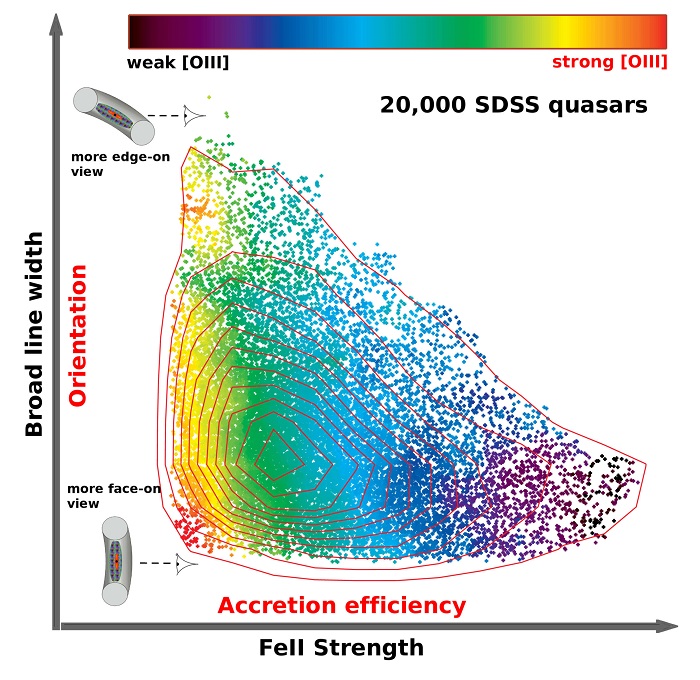

In many mussel species, the glochidia larvae are packaged, along with unfertilized eggs, into structures called conglutinates that resemble worms and facilitate host infection. aberti in Arkansas be changed from Threatened to Endangered. aberti are declining and have been severely fragmented due to habitat loss and degradation by human disturbance 19, and Harris et al. Currently, two species of Cyprogenia are recognized: the Fanshell Cyprogenia stegaria (Rafinesque 1820), which is listed as a federally endangered species (USFWS 1990) and is found east of the Mississippi River in tributaries of the Ohio River, and the Western Fanshell Cyprogenia aberti (Conrad 1850), which is found west of the Mississippi River in the Arkansas, White, Black, and Ouachita rivers 17, 18. The freshwater mussel genus Cyprogenia inhabits high-gradient streams within the Mississippi faunal province which includes the Eastern, Ozark, and Ouachita highland regions of North America 16. It has been shown that some freshwater mussel species utilize different host fishes in different river systems 13, 14, and research has shown that mussel larvae transform to juveniles at higher rates on sympatric populations of host-fish species 13, 15, indicating that the relationship between obligate parasitic mussel larvae and host fishes may be reinforced by co-evolutionary forces. The larval dispersal distance, and therefore gene flow, of freshwater mussels is believed to depend largely on the dispersal capacity of their host fishes 11, 12. The life cycle of North American freshwater mussels includes a larval stage, called a glochidium, that must attach to a host fish to complete their development 10. Freshwater mussels are also important components of aquatic ecosystems and provide important ecosystem services in the systems they inhabit 7, 8, 9. Estimates are that 65% of the North American mussel fauna are imperiled 5, and additional extinctions (up to 50% of extant species) are projected over the next century 6. However, uncertainty about the accurate delimitation of species and the identification of distinct populations within species remain major challenges to the conservation of imperiled species that are also poorly studied from a taxonomic perspective 1, 2, 3.įreshwater mussels (Bivalvia: Unionidae), are one of the most endangered faunas in the world 4. Precise information on the delineation of evolutionary lineages, their genetic composition and population sub-structure is imperative for guiding population restoration and the long-term preservation of biodiversity 1. A comparison of SNPs generated from both destructively and non-destructively collected samples revealed no significant difference in the SNP error rate, quality and amount of ddRAD sequence reads, indicating that nondestructive or trace samples can be effectively utilized to generate SNP data for organisms for which destructive sampling is not permitted. Species tree inference and species delimitation in a Bayesian framework using single nucleotide polymorphisms (SNP) data supported results from phylogenetic analyses, and supports three species of Cyprogenia over the currently recognized two species. Lineages of Cyprogenia in the Ouachita and Ozark highlands are further subdivided reflecting structuring at the level of river systems. aberti in the Ozark and Ouachita highlands exhibit substantial levels (mean uncorrected F ST = 0.368) of genetic differentiation and each warrants recognition as a distinct evolutionary lineage. Cyprogenia stegaria is restricted to the Eastern Highlands and displays little genetic structuring within this region. Phylogenomic and population genomic analyses based on genome-wide double digest restriction-site associated DNA sequencing (ddRAD-Seq) data has identified three allopatric lineages in the North American freshwater mussel genus Cyprogenia. Detailed information on species delineation and population genetic structure is a prerequisite for designing effective restoration and conservation strategies for imperiled organisms.


 0 kommentar(er)
0 kommentar(er)
